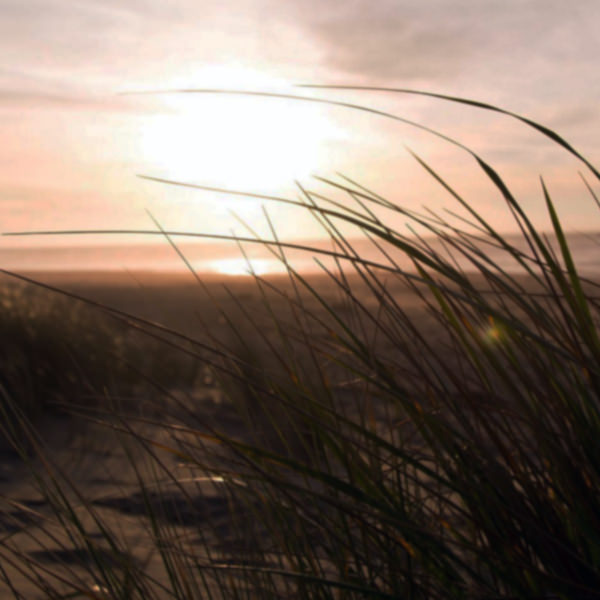By Michele S. Byers
Do you remember catching fireflies, building tree forts or looking under rocks in a stream? How about jumping in piles of leaves and making snow angels?
Research shows that if you had rich nature experiences like these as a child, you probably grew up to have a deep connection with and concern for the environment.
But many of today’s children do not share that connection. Studies show the average child in North America spends more than 2,700 hours per year in front of a glowing screen and only 183 hours in unstructured outdoor play. The average child can identify 300 corporate logos, but only 10 native animals and plants.
There is a price to pay for the epidemic of what author Richard Louv has dubbed “Nature Deficit Disorder” – high rates of childhood obesity and ADHD, and feelings of stress, anxiety and depression.
To make matters worse, youngsters who do not engage with nature become adults who are disconnected from the outdoor environment. This too often leads to less concern and less willingness to take action to protect it.
If you want the children in your life to grow up physically and mentally healthy – with a love of the outdoors and a reverence for our planet’s natural wonders – get them outside and having fun!
Two new books published in 2016 make it easy for parents, grandparents, teachers and caregivers to help nurture a love of nature.
“Vitamin N: The Essential Guide to a Nature-Rich Life” is Louv’s newest book. While his previous works, “The Last Child in the Woods” and “The Nature Principle,” focused on why spending time in nature is important, “Vitamin N” is a guidebook with 500 great ideas for getting children to engage with nature.
“The Big Book of Nature Activities” by authors Jacob Rodenburg and Drew Monkman is a similar guide packed with crafts, stories, information and inspiration to make outdoor learning fun. The book is organized around seasonal change and discovering what is going on in nature every month of year.
Here are a few examples:
• Create an animal treasure hunt to make the outdoors irresistible. Take some of your child’s favorite stuffed animals or toy animals and hide them in the yard and woods. After the toys are found, encourage your child to play with their animals in the outdoor environment.
• Encourage budding builders. Children love making dens, nests, forts and hiding places. Build a survival “debris hut” of branches, leaves, pine needles and other materials found in the woods. It is good exercise and the process of building involves problem solving and learning about natural materials.
• Set up a terrarium in your house. Take an aquarium or a fishbowl and fill it with soil, plants and rocks to create a mini-habitat suitable for land-based creatures. Allow your children to bring frogs, salamanders and insects to visit. Just make sure you release each creature after a couple of days – in the same spot!
• Create a “collection table” and encourage your child to display treasures like seashells, rocks, feathers and pinecones. To get even more creative, use these materials to make unique works of nature art.
• Get your child a magnifying glass and a small compound microscope to introduce them to new perspectives. “Teach them to delight in the very small, from the cells of leaves enlarged by a microscope to the feathery antennae of a moth revealed by a hand lens,” suggested Rodenburg and Monkman.
• Use technology. Electronic devices like smartphones can enhance outdoor enjoyment when used for activities like geocaching and nature photography.
Michele S. Byers is the executive director of the New Jersey Conservation Foundation, Far Hills.

